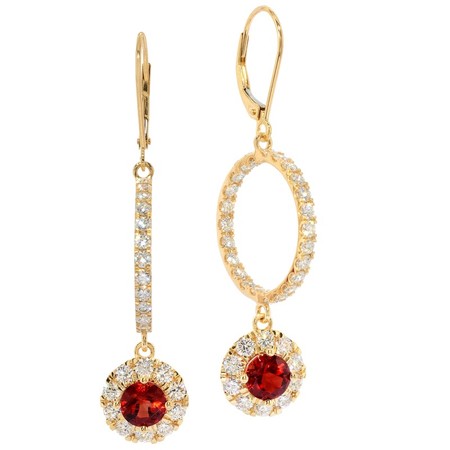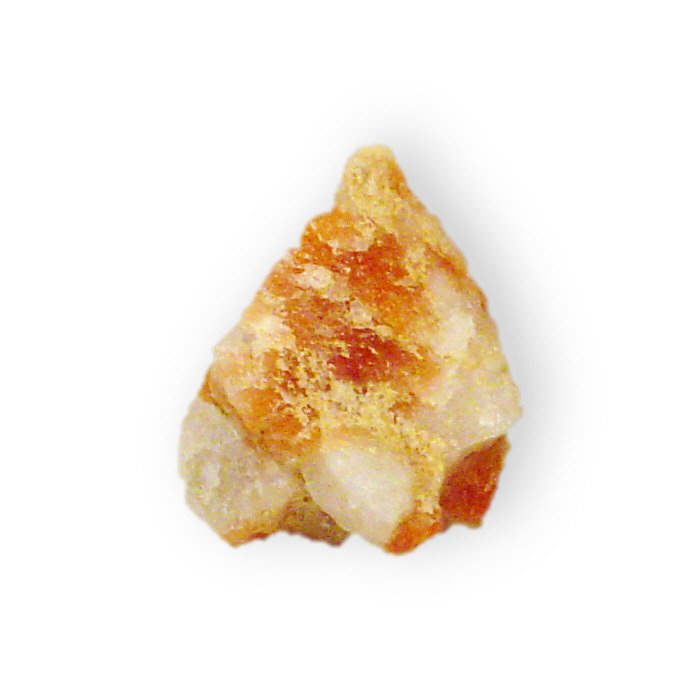Over the past year on our 100 East Fine Jewelry website blog, I provided some history, facts and lore about most of the officially recognized birthstones. There are dozens of less familiar jewelry-quality gemstones which are not designated as a birthstone. At 100 East Fine Jewelry, we select gemstones for our jewelry pieces based on their beauty, not their popularity. One outstanding gemstone we’ve used that isn’t a birthstone is the sunstone--specifically the Oregon sunstone. Click the link to see our dazzling Oregon sunstone jewelry. The red of these Oregon Sunstones is similar to the Cherry Tomato color from the Pantone 2018 Spring Color Palette. Here’s some history, facts and lore about this magnificent gemstone

One of the first recorded references to sunstone dates back to the early 1500's. Pope Clement VII was said to have worn a stone that had a golden spot, which moved in relation to the heavens. Tiny inclusions of hematite, copper, or some other mineral inside the gemstone often give off a glittery effect as light moves across the stone. Small inclusions create a reddish or golden sheen on top of the gemstone. Larger inclusions create attractive, glittery reflections, called aventurescence, but not all sunstones show this phenomenon.
Sunstone, along with moonstone, is a member of the feldspar group. Sunstone is currently mined in Tanzania, India, Australia, China, Namibia, Mexico, Madagascar and a desert area in the southeastern counties of the US state of Oregon. Many of the world’s finest sunstone specimens are mined in Oregon, which designated it the state stone in 1987.

According to Native American legend, a great warrior, wounded by an arrow, dropped blood onto pieces of Oregon sunstone. The blood carried his warrior spirit into the stones, coloring them with shades of red and giving them sacred power.
Sunstones commonly have yellow, orange, or brown body color. The most in-demand sunstone colors are deep red, deep green, and intense bi-colors. Green is extremely rare. Oregon sunstone is a transparent feldspar containing copper inclusions. It comes colorless as well as in a wide variety of colors, including pale yellow, pink with brilliant aventurescence, orange, red, green, and blue-green. The red version is often marketed as “spinel red,” and its vivid hue rivals spinel or even ruby. Some Oregon sunstones are either bicolored or tricolored, and a rare few display color change. Currently, the top deep green, deep red, and intensely bicolored sunstones are considered extra fine. In jewelry, this stone is versatile and durable enough to be set in rings, earrings and pendants.

